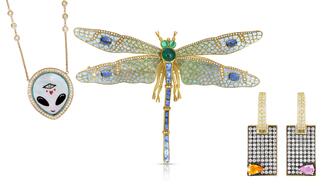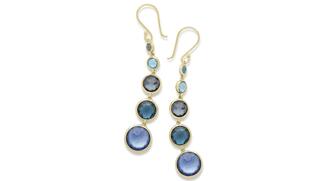The luxury goods company said founder Ippolita Rostagno will remain at the brand’s helm.
5 Things the Latest JBT Data Tells Us
Jewelers Board of Trade President Erich Jacobs put the number of Q2 store closures in perspective, and gives predictions for the remainder of 2020.

On Wednesday, National Jeweler connected with JBT President Erich Jacobs to talk store closures, consolidations, credit ratings, and where the industry is headed in 2020 based on what JBT has seen and recorded so far this year.
Here are five highlights from that conversation.
1) We will know a lot more about which stores are reopening, and which are not, starting in Q3.
JBT’s report released July 16 showed that in the United States, 56 retail jewelers closed in Q2, down from the 105 that permanently shuttered in the same period last year.

The number of closings among wholesalers and manufacturers decreased by a similar amount year-over-year. Ten wholesalers closed, down from 24 last year, while five manufacturers called it quits, down from 9 in 2019.
So in Q2 2020, the number of retailers that closed fell by almost half year-over-year. But, that doesn’t necessarily mean as much in this environment, Jacobs said.
These include sending mail to see if it’s returned, contacting nearby businesses, asking other board members if a particular business has paid them recently, and keeping an eye out for going-out-of-business sales.
Normally, “when we say somebody is closed, they are closed with a capital ‘C’,” Jacobs said.
Now, a lot of businesses aren’t paying, keeping their normal opening hours or having going-out-of-business sales, even if it’s obvious to the owner that one is going to be necessary. This makes it difficult to ascertain if a business is closed temporarily or permanently.
“There’s no data flowing,” Jacobs said. “It’s just a sort of an artificial environment that we’re in.”
He said the JBT’s sense is that the number of jewelry businesses closures is going to rise as the year goes on and it becomes more obvious which businesses are coming back, and which aren’t.
2) Consolidations are likely to slow down.
Business consolidations, meaning sales and mergers, also were down in the second quarter.
There were a total of 12 consolidations in Q2, JBT data shows, all among retailers, down from a total of 40 in Q2 2019: 24 among retailers, 11 with wholesalers and five among manufacturers.
Jacobs said he expects consolidations to remain slow because of the uncertainty surrounding the virus, specifically its impact on brick-and-mortar retail, a prediction that’s already begun to play out across retail.
Sycamore Partners and L Brands Inc. announced in May they’d come to a “mutual agreement” to scrap Sycamore’s purchase of Victoria’s Secret.
In June, mall owner Simon Property Group said it’s looking to get out of the $3.6 billion deal to buy rival Taubman Centers, and there have been questions about whether the LVMH-Tiffany deal will go through, though the luxury conglomerate said recently that it’s just waiting on final regulatory approvals.
“In other recessions people might have said, ‘values are low, I can do some bargain consolidations,’ but you don’t know in this case,” Jacobs notes. “The uncertainty is really making things different.”
3) COVID-19 is starting to impact companies’ JBT ratings.
JBT assigns each of its member what it calls a pay score, with the scale going from 1 to 4.
A 1 means a business pays within the allotted timeframe all the time, the credit equivalent of being a straight-A student. On the other end of the spectrum, a 4 is assigned to businesses that are frequently late, like a student who gets a lot of Fs.
In the second quarter, 826 businesses saw their JBT rating increase while more than twice that amount, 1,705, had a rating decrease, for a ratio of 0.72, down from 1.05 at the same point last year.
Normally, the ratio of decreases to increases sits around a 1, meaning there’s a fairly equal amount of both.
Jacobs said in the last recession, the ratio fell below a 1 and in JBT’s most recently monthly report, which goes out to members only, “the ratio dropped precipitously.”
He said JBT knew this was going to happen, which is why it altered its credit reports earlier this year to indicate the company’s current rating as well as its pre-COVID-19 rating in the same-size font.
4) JBT has no firm date for reverting to its “normal” rating system.
The two ratings—now and pre-coronavirus—will remain on JBT credit reports for the foreseeable future.
Jacobs said the organization will go back to its standard single rating system when “governmental intervention”—increases in unemployment insurance, legislation like the Paycheck Protection Program, eviction moratoriums, etc.—are no longer required and/or when JBT’s own data shows the jewelry business is returning to “normal,” though he acknowledged there’s internal debate over what constitutes normal.
How long that might take—six months, a year, more—Jacobs can’t say.
5) The overall trajectory of industry remains the same.
More jewelry businesses are closing than opening, according to JBT data, and the number of businesses listed with JBT continues to shrink slowly.
In the second quarter, the JBT listed 24,233 jewelry businesses in the U.S., down 4 percent from the 25,217 listed at the same time last year.
The Latest

Laura Burdese, who joined the Italian luxury brand in 2022, will take on the role in July.
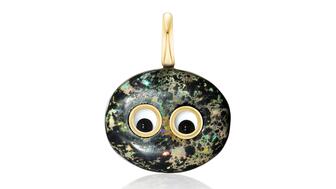
The National Jeweler editors revisit the most noteworthy industry happenings and design trends from 2025.

How Jewelers of America’s 20 Under 40 are leading to ensure a brighter future for the jewelry industry.
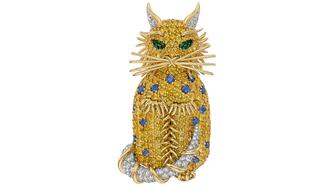
Need a gift for the cat lover who has everything? Look no further than our latest Piece of the Week.

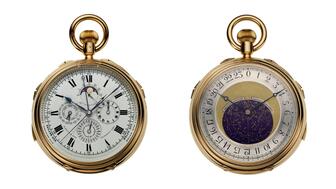
It purchased the “Grosse Pièce,” an ultra-complicated Audemars Piguet pocket watch from the ‘20s, for a record-breaking price at Sotheby’s.

The lab-grown diamond grower now offers custom engagement and fashion jewelry through its Kira Custom Lab Jewelry service.

Roseco’s 704-page catalog showcases new lab-grown diamonds, findings, tools & more—available in print or interactive digital editions.

Chandler got his start at Michelson Jewelers and has served as DCA president and CEO since 2001. He will retire at the end of the month.

The boutique is slated to open this week inside Terminal 8, offering pre-owned Rolex watches and more to international travelers.

Sponsored by Digital Monitoring Products
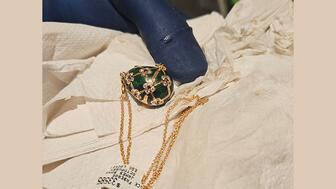
The special-edition egg pendant ingested in a New Zealand jewelry store was recovered after a six-day wait.
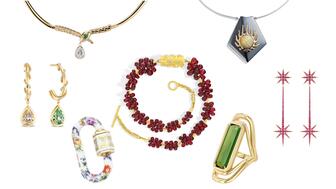
Associate Editor Natalie Francisco plays favorites with Piece of the Week, selecting a standout piece of jewelry from each month of 2025.

The “Love and Desire” campaign is inspired by the magic that follows when one’s heart leads the way, said the brand.

Two awardees will receive free tuition for an educational course at the Swiss lab, with flights and lodging included.

Berta de Pablos-Barbier will replace Alexander Lacik at the start of January, two months earlier than expected.
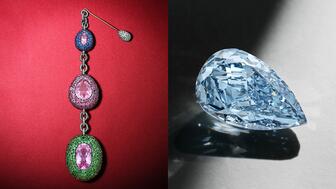
Sotheby’s held its first two jewelry sales at the Breuer building last week, and they totaled nearly $44 million.

Winners will receive free registration and lodging for its fourth annual event in Detroit.

Here are six ideas for making more engaging content for Instagram Reels and TikTok, courtesy of Duvall O’Steen and Jen Cullen Williams.

The honorees include a notable jewelry brand, an industry veteran, and an independent retailer.

Carlos Jose Hernandez and Joshua Zuazo were sentenced to life without the possibility of parole in the 2024 murder of Hussein “Sam” Murray.

Yood will serve alongside Eduard Stefanescu, the sustainability manager for C.Hafner, a precious metals refiner in Germany.

The New Orleans jeweler is also hosting pop-up jewelry boutiques in New York City and Dallas.

Set in a Tiffany & Co. necklace, it sold for $4.2 million, the highest price and price per carat paid for a Paraíba tourmaline at auction.

The jeweler’s “Deep Freeze” display showcases its iconic jewelry designs frozen in a vintage icebox.
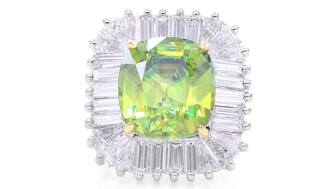
Take luxury gifting to new heights this holiday season with the jeweler’s showstopping 12-carat sphene ring.

This year's theme is “Unveiling the Depths of the Ocean.”





